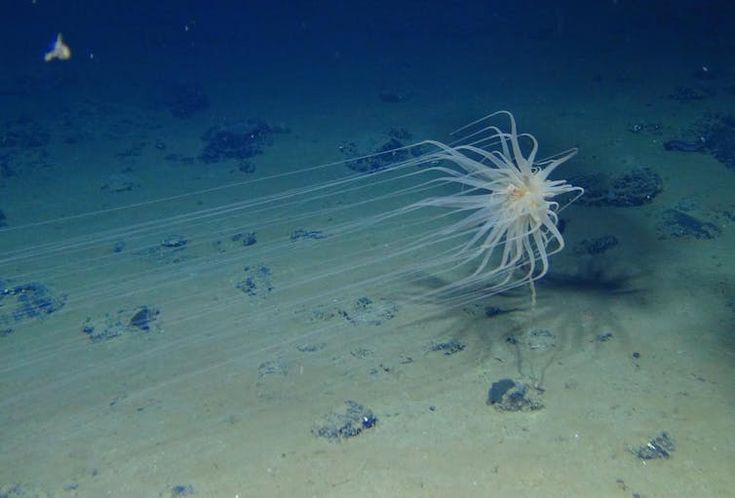
Diva Amon and Craig Smith, University of Hawaii at Mānoa
Alexus Cazares-Nuesser, University of Hawaii
Picture an ocean world so deep and dark it feels like another planet – where creatures glow and life survives under crushing pressure.
This is the midwater zone, a hidden ecosystem that begins 650 feet (200 meters) below the ocean surface and sustains life across our planet. It includes the twilight zone and the midnight zone, where strange and delicate animals thrive in the near absence of sunlight. Whales and commercially valuable fish such as tuna rely on animals in this zone for food. But this unique ecosystem faces an unprecedented threat.
As the demand for electric car batteries and smartphones grows, mining companies are turning their attention to the deep sea, where precious metals such as nickel and cobalt can be found in potato-sized nodules on the ocean floor.
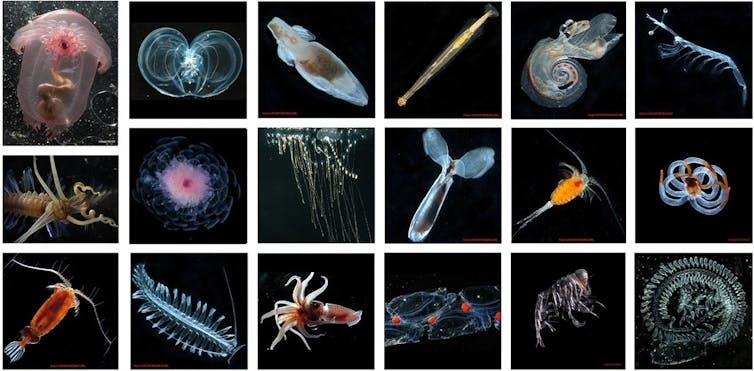
Bucklin, et al., Marine Biology, 2021. Photos by R.R. Hopcroft and C. Clarke (University of Alaska Fairbanks) and L.P. Madin (Woods Hole Oceanographic Institution), CC BY
Deep-sea mining research and experiments over the past 40 years have shown how removing nodules can put seafloor creatures at risk by disrupting their habitats. However, the process can also harm what lives above it, in the midwater ecosystem. If future deep-sea mining operations release sediment plumes into the water column, as proposed, the debris could interfere with animals’ feeding, disrupt food webs, and alter animals’ behaviors.
As an oceanographer studying marine life in an area of the Pacific rich in these nodules, I believe that before countries and companies rush to mine, we need to understand the risks. Is humanity willing to risk collapsing parts of an ecosystem we barely understand for important resources for our future?
This audio article was produced by News Over Audio (Noa) and ElevenLabs, using an AI voice. Listen to more articles from The Conversation, narrated by Noa.
Mining the Clarion-Clipperton Zone
Beneath the Pacific Ocean southeast of Hawaii, a hidden treasure trove of polymetallic nodules can be found scattered across the seafloor. These nodules form as metals in seawater or sediment collect around a nucleus, such as a piece of shell or a shark’s tooth. They grow incredibly slowly, a few millimeters per million years. The nodules are rich in metals such as nickel, cobalt, and manganese – key ingredients for batteries, smartphones, wind turbines, and military hardware.
As demand for these technologies increases, mining companies are targeting this remote area, known as the Clarion-Clipperton Zone, as well as a few other zones with similar nodules around the world.
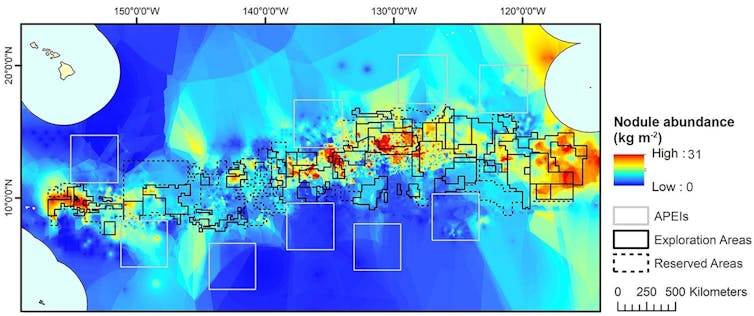
So far, only test mining has been carried out. However, plans for full-scale commercial mining are rapidly advancing.
Exploratory deep-sea mining began in the 1970s, and the International Seabed Authority was established in 1994 under the United Nations Convention on the Law of the Sea to regulate it. But it was not until 2022 that The Metals Company and Nauru Ocean Resources Inc. fully tested the first integrated nodule collection system in the Clarion-Clipperton Zone.
The companies are now planning full-scale mining operations in the region. They initially said they expected to submit their application to the ISA by June 27, 2025. Still, The Metals Company’s CEO announced on March 27 that he was frustrated with the pace of ISA action and was negotiating with the Trump administration for approval to mine. The U.S. is one of a handful of countries that never ratified the U.N. Convention on the Law of the Sea, which authorizes the ISA.
The ISA will convene again in July 2025 to discuss critical issues such as mining regulations, guidelines, and benefit-sharing mechanisms. Several countries have called for a moratorium on seabed mining until the risks are better understood.
The proposed mining process is invasive. Collector vehicles scrape along the ocean floor as they scoop up nodules and stir up sediments. This removes habitats used by marine organisms and threatens biodiversity, potentially causing irreversible damage to seafloor ecosystems. Once collected, the nodules are brought up with seawater and sediments through a pipe to a ship, separated from the waste.
The leftover slurry of water, sediment, and crushed nodules is then dumped back into the middle of the water column, creating plumes. While the discharge depth is still under discussion, some mining operators propose releasing the waste around 4,000 feet (1,200 meters) at midwater depths.
However, there is a critical unknown: The ocean is dynamic, constantly shifting with currents, and scientists don’t fully understand how these mining plumes will behave once released into the midwater zone.
These debris clouds could disperse over large areas, harming marine life and disrupting ecosystems. Imagine a volcanic eruption—not of lava but of fine, murky sediments expanding throughout the water column, affecting everything in its path.
The midwater ecosystem at risk
As an oceanographer studying zooplankton in the Clarion-Clipperton Zone, I am concerned about the impact of deep-sea mining on this ecologically important midwater zone. This ecosystem is home to zooplankton – tiny animals that drift with ocean currents – and micronekton, which includes small fish, squid, and crustaceans that rely on zooplankton for food.
Sediment plumes in the water column could harm these animals. Fine sediments could clog fish’s respiratory structures and filter feeders’ feeding structures. The plumes could dilute food resources with nutritionally poor material for animals that feed on suspended particles. Additionally, by blocking light, plumes might interfere with visual cues essential for bioluminescent organisms and visual predators.
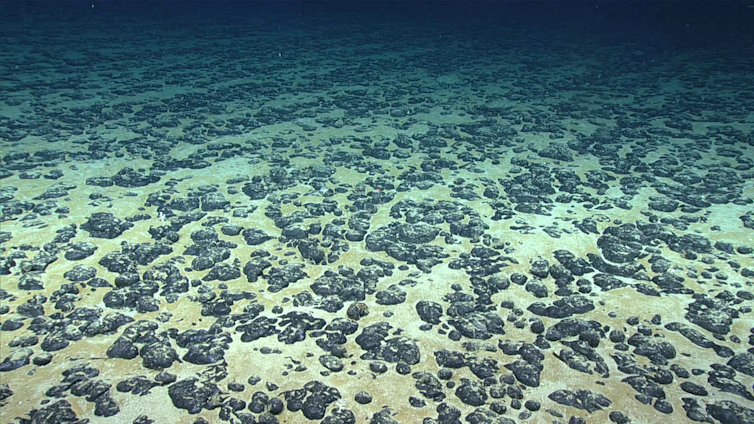
NOAA Office of Ocean Exploration and Research, 2019 Southeastern U.S. Deep-Sea Exploration
For delicate creatures such as jellyfish and siphonophores – gelatinous animals that can grow over 100 feet long – sediment accumulation can interfere with buoyancy and survival. A recent study found that jellies exposed to sediments increased their mucous production, a typical stress response that is energetically expensive, and their expression of genes related to wound repair.
Additionally, noise pollution from machinery can interfere with how species communicate and navigate.
Disturbances like these can potentially disrupt ecosystems, extending far beyond the discharge depth. Declines in zooplankton populations can harm fish and other marine animal populations that rely on them for food.
The midwater zone also plays a vital role in regulating Earth’s climate. Phytoplankton at the ocean’s surface capture atmospheric carbon, which zooplankton consume and transfer through the food chain. When zooplankton and fish respire, excrete waste, or sink after death, they contribute to carbon export to the deep ocean, which can be sequestered for centuries. The process naturally removes planet-warming carbon dioxide from the atmosphere.
More research is needed
Despite growing interest in deep-sea mining, much of the deep ocean remains poorly understood, particularly the midwater zone. A 2023 study in the Clarion-Clipperton Zone found that 88% to 92% of species in the region are new to science.
Current mining regulations focus primarily on the seafloor, overlooking broader ecosystem impacts. The International Seabed Authority is preparing to discuss key decisions on future seabed mining in July 2025, including rules and guidelines relating to mining waste, discharge depths, and environmental protection.
These decisions could set the framework for large-scale commercial mining in ecologically important areas such as the Clarion-Clipperton Zone. Yet the consequences for marine life are not evident without comprehensive studies on the impact of seafloor mining techniques. Without these studies, the world risks making irreversible choices that could harm these fragile ecosystems.
This article, originally published March 25, 2025, was updated with The Metals Company’s statement on March 27 about pursuing mining approval from the Trump administration.![]()
Alexus Cazares-Nuesser, Ph.D. Candidate in Biological Oceanography, University of Hawaii
This article is republished from The Conversation under a Creative Commons license. Read the original article.

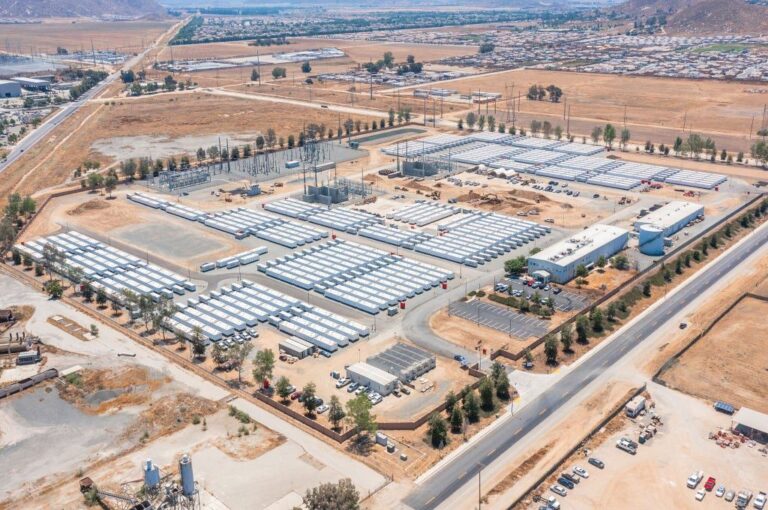
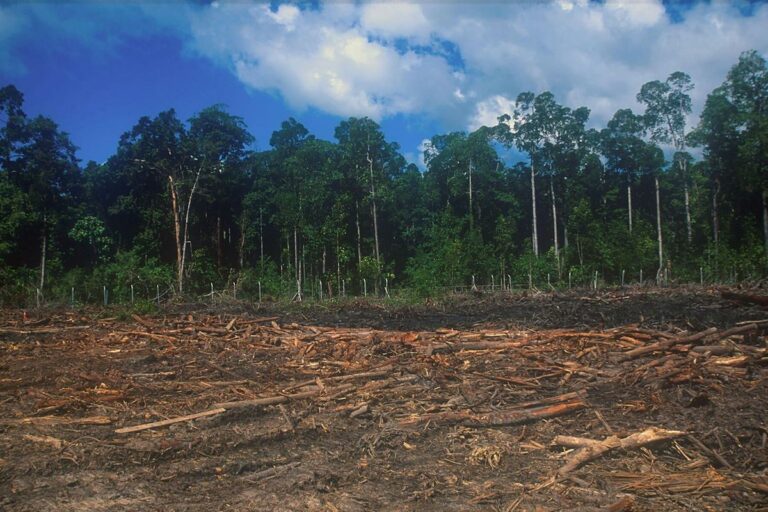

Comments are closed.